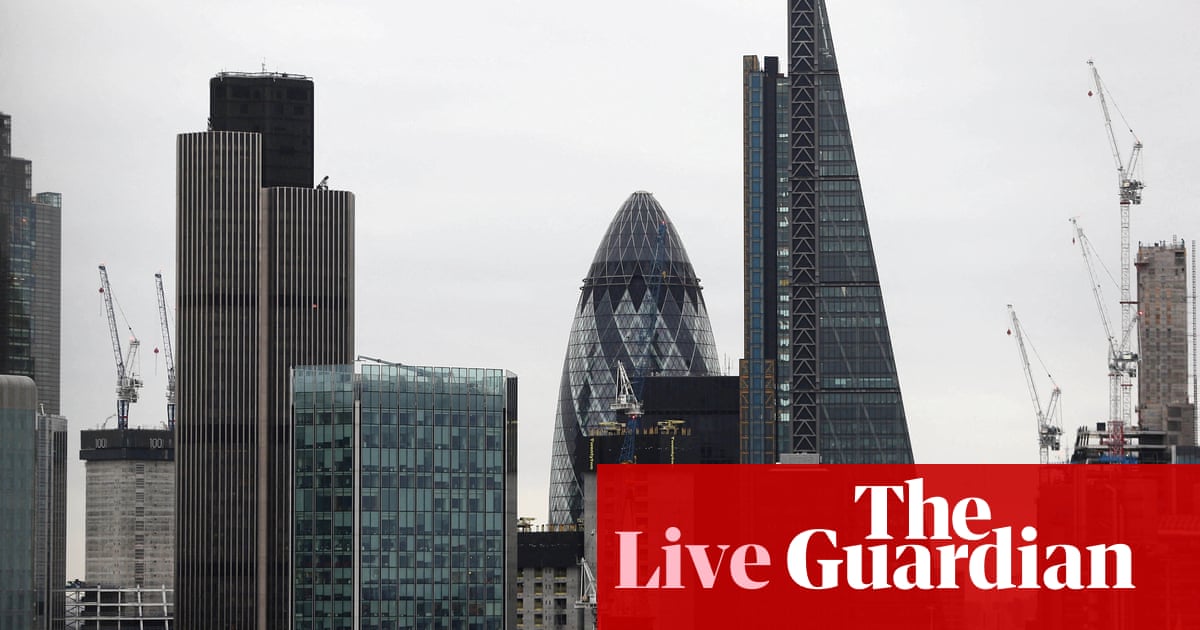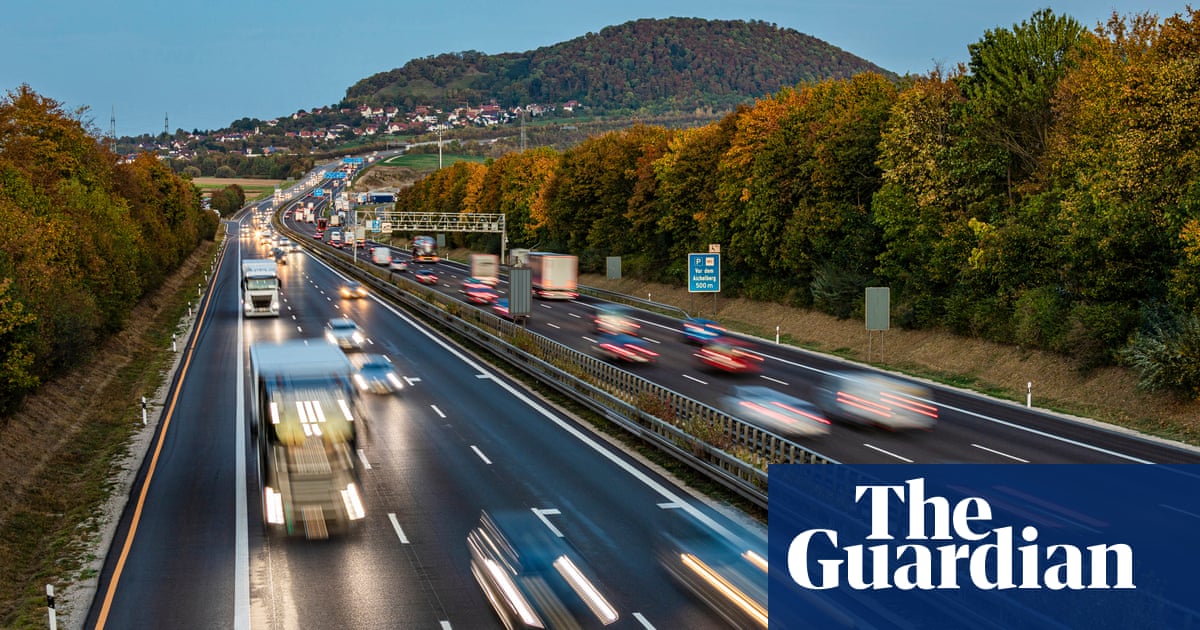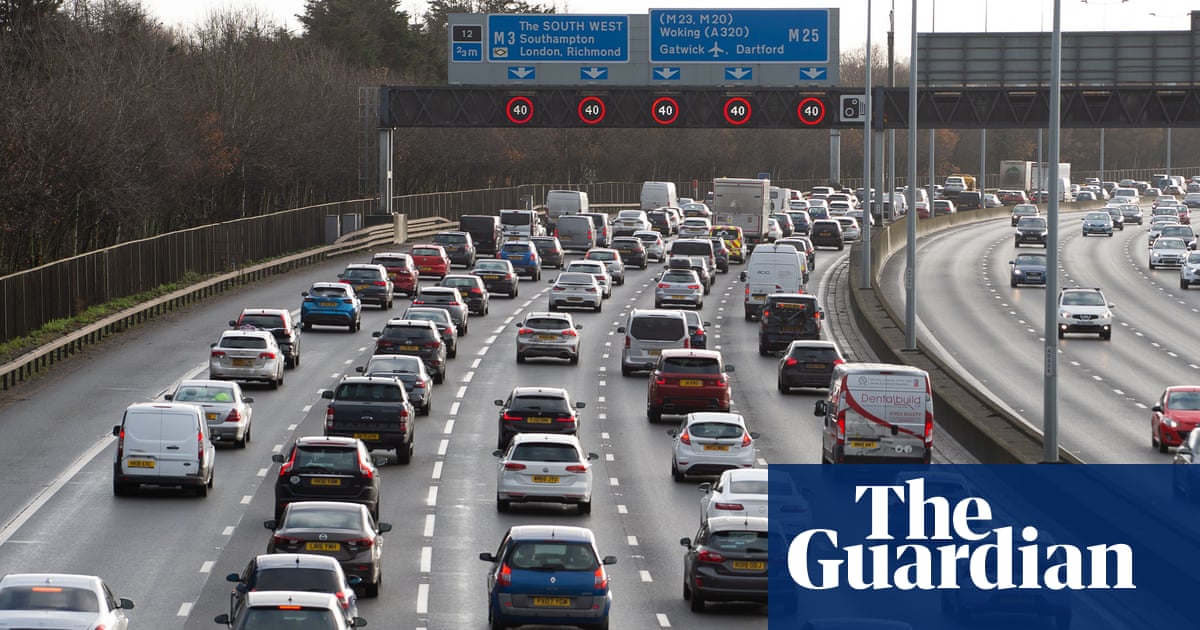
Drivers in London have abandoned diesel cars six times faster than those in the rest of the UK since Sadiq Khan announced plans for a massive expansion of the London’s clean air zone.
Research released days before London’s ultra-low emission zone (Ulez) is rolled out across the capital shows there are about 128,000 fewer diesel cars on the city’s roads than in 2017, when the mayor announced plans to create one of the biggest clean air zones in Europe.
Oliver Lord, the head of Clean Cities Campaign UK, which carried out the research, said: “The expansion of the ultra-low emission zone is monumental and has turbo-charged the end of diesel cars in London.”
But he said Khan needed to go further if he wanted to reach his target for London to be carbon neutral by 2030. He added: “There is only one way to go: petrol and diesel cars out. Active, shared and electric mobility in.”
Plans for the central London Ulez were unveiled in 2017 and a year later Khan announced it would be rolled out to the north and south circular – a ring road around the capital.
Under the scheme, the expanded version of which comes into force on Monday, the most polluting vehicles will be charged £12.50 a day for cars, vans and motorbikes and £100 for coaches and HGVs. Petrol vehicles registered before 2005 and diesel vehicles before 2015 are likely to be liable for the charge.
Worldwide air pollution is cutting short the lives of billions of people by up to six years, making it a far greater killer than smoking, car crashes or HIV/Aids. A battery of recent scientific reports reveal it could be damaging every organ and virtually every cell in the human body and is responsible for 8.8 million early deaths each year.
Last year, a study found health costs of air pollution from roads are higher in London than any other city in Europe with children and older people often hit worst.
According to the study, there was a 15% reduction in diesel cars in London from 2017-20 – more than six times the trend seen elsewhere in the UK. This fall in polluting diesels has contributed to a drastic reduction in toxic air in the capital, with a 94% fall in the number of people living in areas with illegal levels of nitrogen dioxide between 2016 and 2019.
Clean air campaigners have welcomed the expansion of the zone, which will come into force on Monday. Jemima Hartshorn, the founder of the campaign group Mums for Lungs, said the expanded zone would shield millions more Londoners from toxic air. “This is a significant moment in our fight for kids to breathe clean air. The mayor must continue pushing to get toxic diesel off our streets and protect our children’s health.”
There are concerns that many motorists do not understand the detail of the pending changes and campaigners are calling on the mayor to support the least well off to move away from older, polluting vehicles.
Although clean air campaigners and those concerned about the climate crisis have welcomed the Ulez expansion, many are angry that the mayor is still pushing ahead with a new four-lane road tunnel under the Thames.
Critics of the £2bn Silvertown tunnel scheme, including climate scientists, senior Labour politicians and doctors, say the huge road-building programme will worsen air pollution and lock in high-carbon transport for generations.
Victoria Rance, from the Stop the Silvertown Tunnel campaign, said: “While we welcome the expansion of Ulez, the mayor can not be taken seriously on climate or air pollution as long as he insists on pushing ahead with this project.”
However the mayor’s office insisted the tunnel was necessary, would improve public transport across the Thames and would not hinder efforts to improve air pollution or tackle carbon emissions.












